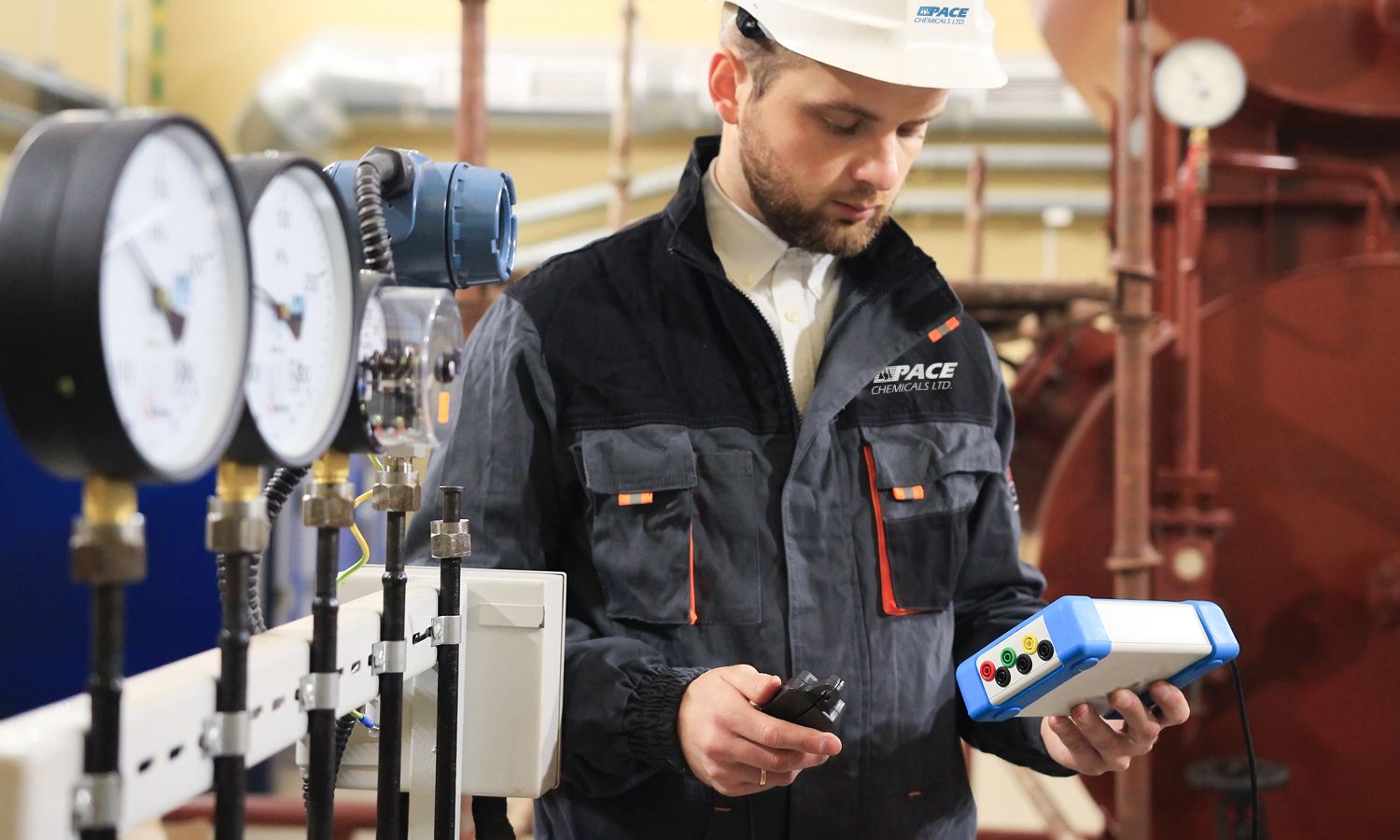Testing and Treating Water for Legionella

During the Covid-19 quarantine, businesses and manufacturing operations around the world have been shut down for extended periods leaving potable and non-potable building water systems idle. Stagnant water creates the perfect environment for Legionella bacteria growth, escalating the risk for Legionnaires’ disease, a deadly respiratory infection with severe pneumonia-like symptoms. This issue has triggered warnings released by the CDC, the Alliance to Prevent Legionnaires’ Disease, and Purdue University.
Businesses can protect employees and the public while quickly returning to normal operations by reaching out to water treatment experts that can provide rapid on-site DNA detection of Legionella bacteria.
“Legionella is common in many water supply sources. Under certain conditions, such as stagnant water environments, these bacteria can thrive in biofilm, scale, and sediment within the building water system piping,” said Glenn Strelau, Sr. Vice President at Pace Chemicals Ltd, a Canadian water treatment company. “Yes, the municipal water supply is chlorinated, but this type of bacteria survives by living in certain amoeba, ciliated protozoa, or biofilm, allowing it to multiply and appear in finished water supplies.”
The Legionella–COVID Connection
Since it is an endosymbiont living symbiotically in another organism, legionella likely already existed in the pipes. Although trace amounts rarely result in the disease, when certain Legionella are allowed to propagate and transmit to a susceptible human host, they can cause legionellosis infections.
Merely flushing the system by letting the water run for a while is not an option since the bacteria live in biofilm. According to Matt Freije of LAMPS (Legionella and Management Plan Support), “Based on experience and scientific studies, expecting flushing to solve a legionella problem in a shutdown building is unrealistic.”
This is important because COVID-19 (SARS-CoV-2) is exacerbated by the presence of other respiratory pathogens in the body with legionella presenting as one of the main sources. An independent study published in The Lancet in May was performed by researchers at Qingdao Women and Children’s Hospital in Qingdao, China. Of the 68 subjects displaying serious respiratory symptoms from SARS-CoV-2, legionella pneumophila was detected in 20% (14 patients).
Which Businesses Are Vulnerable?
The most common outbreaks of Legionella have occurred in buildings and facilities with mismanaged water systems, thus the strict regulatory standards. Bacteria thrive in buildings with HVAC systems where water condensation can collect and pool, cooling towers on roofs where standing water is common, and potable systems from water heaters that lead directly to faucets and showerheads.
Facilities such as gyms and community centres with whirlpool bathtubs, hot tubs, and public spas where water and fouling can occur in system pipes should also seek water testing and treatment before reopening.
The Canada Occupational Health and Safety Regulations (COHSR), Part II, Division III entitled ‘HVAC Systems’ contains the standards businesses and water treatment service providers must do to stay compliant according to the Canadian Standards Association (CSA) guidelines. These include instructions for operation, inspection, testing, cleaning and maintenance of HVAC systems. Employers are also required to appoint a qualified person to put the instructions into action and to complete a written report regarding actions or incidents.
Testing Could Delay Reopening
Statistically fatal in 1 in 10 people, but not transmitted from person to person, Legionnaires’ disease is contracted when people breathe in contaminated water vapor, similar to the airborne transmission of SARS-CoV-2. Thus, it is important to be able to identify where in systems the best samples can be collected for testing.
“Traditionally, culture testing methods can be delayed as they require offsite shipping and a minimum 10-14 day turnaround,” Strelau pointed out. “This can lead to a delayed response to a potential Legionnaires’ outbreak.”
Employers eager to reopen in a safe and compliant manner should seek water treatment servicers with technology that detects live bacteria within one hour. The fast response makes formulating an action plan far easier and safer to execute, thereby indicating when it is safe to return to work or resume building operations the same day, rather than 10-14 days later.
Once Legionella’s presence and levels have been determined, water treatment specialists should provide an online sanitization procedure. This includes proprietary bio-dispersants to penetrate biofilm and microbial deposits, which minimize the risk of a legionella outbreak and promote system cleanliness. Applied on a strict schedule in accordance with COHSR and CSA guidelines, services should promote system cleanliness, disease prevention, energy efficiency and compliance.
Risk Management
From washing hands to social distancing, avoiding Covid-19 can be left up to the individual, but Legionella can only be avoided with expert intervention. Companies have become acutely aware of the daily cost of a shutdown. Delaying the shutdown further due to testing can cost money and potentially local jobs.




